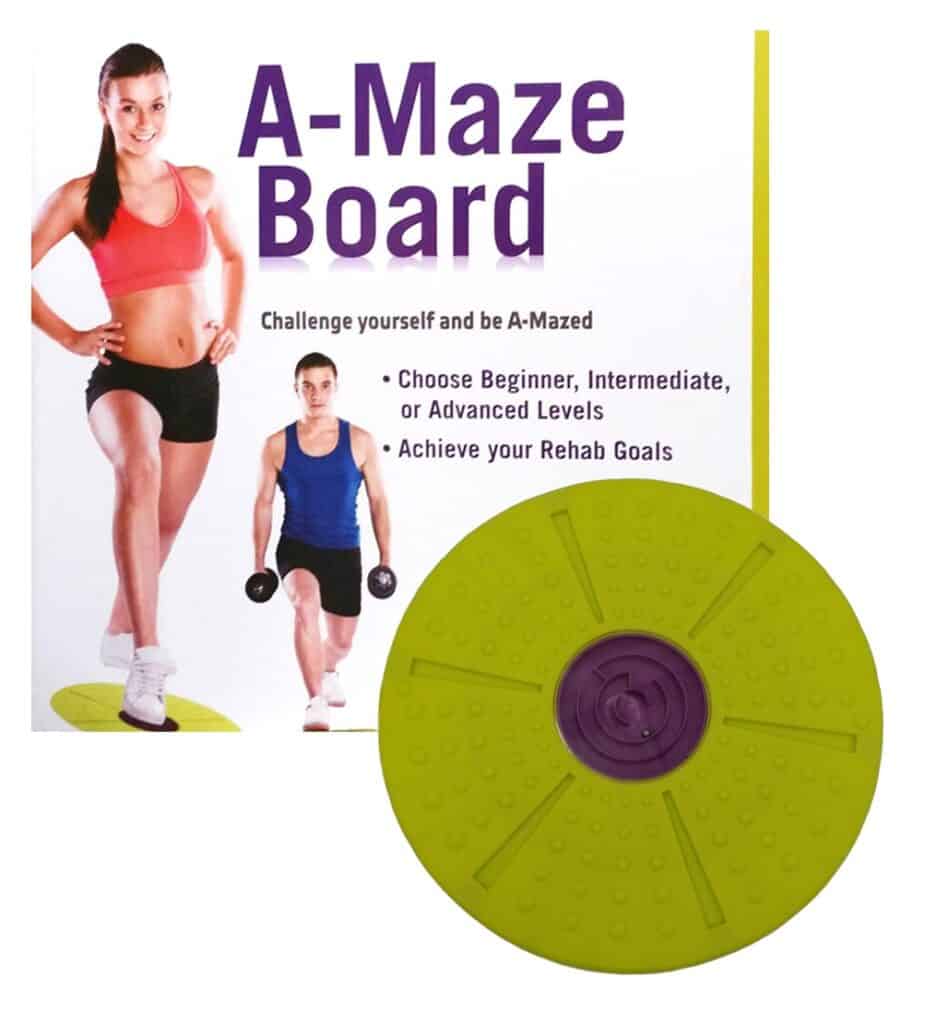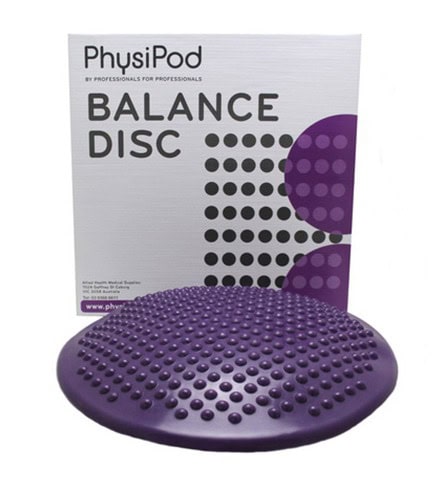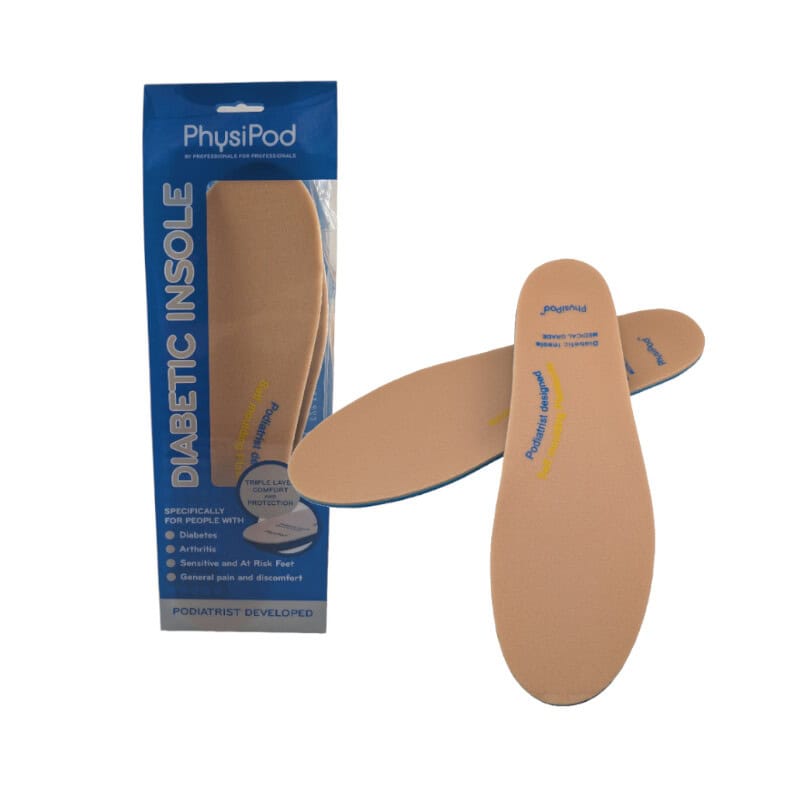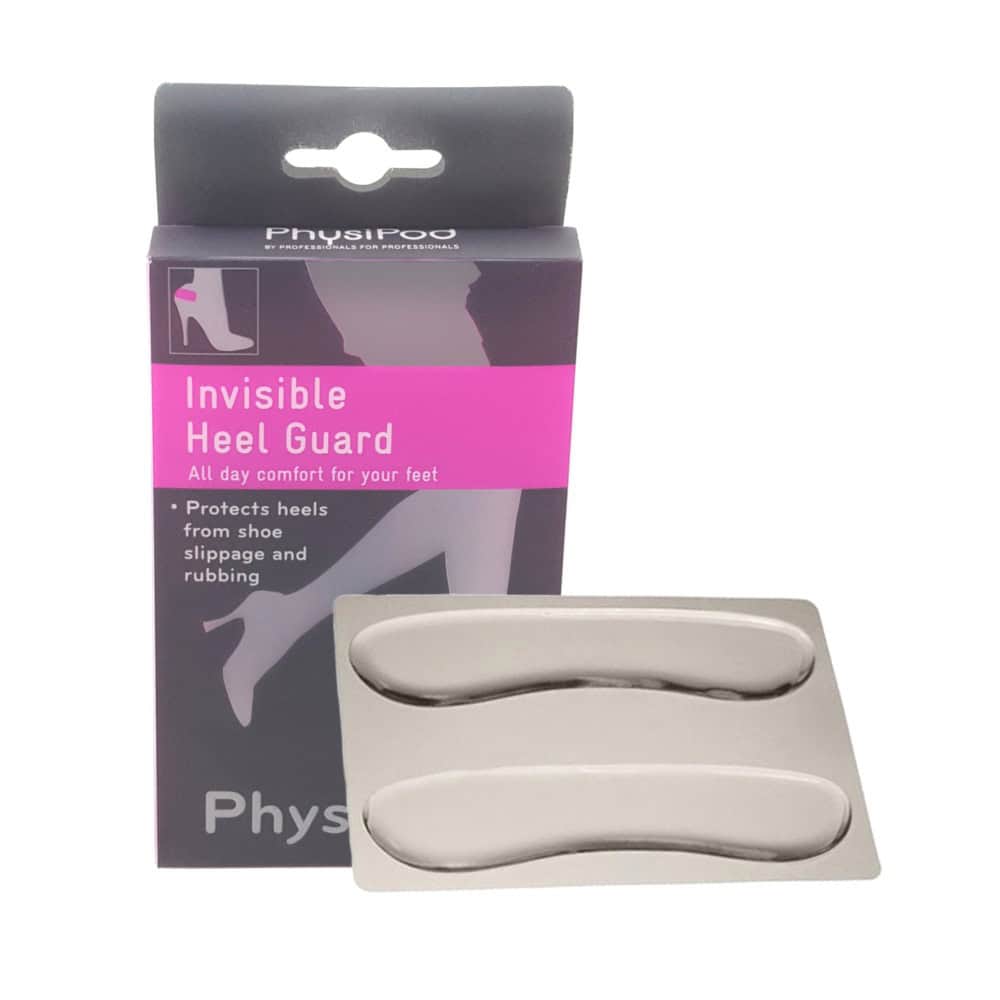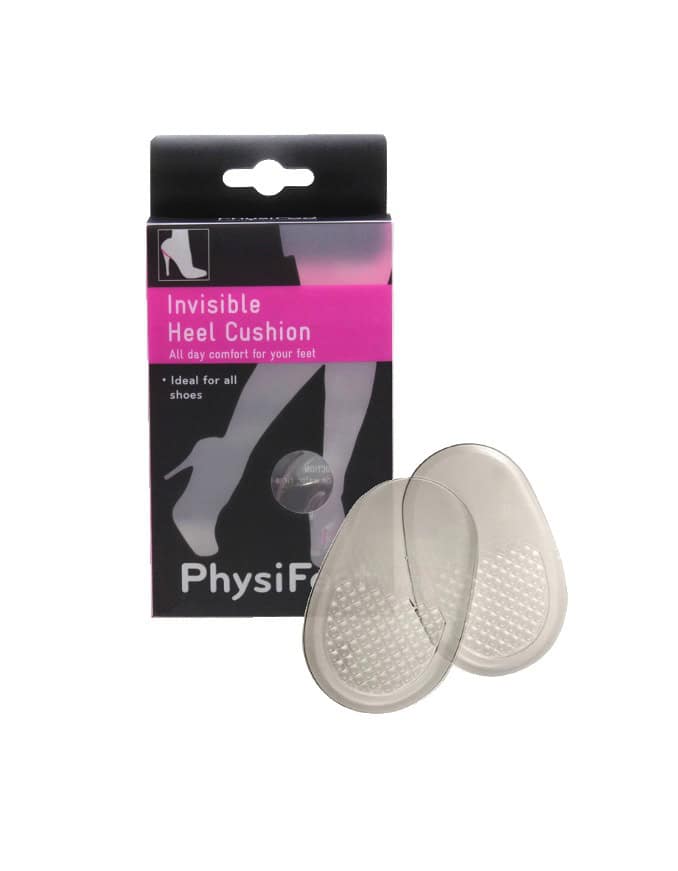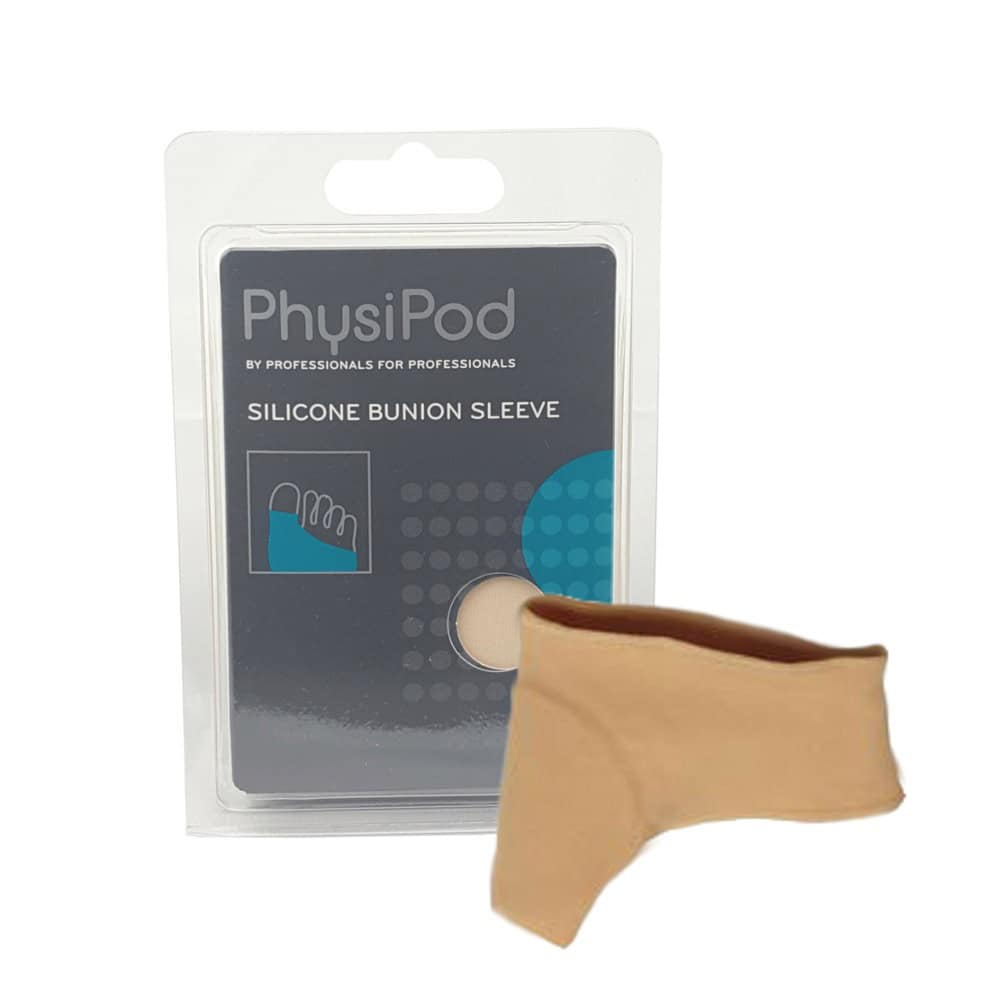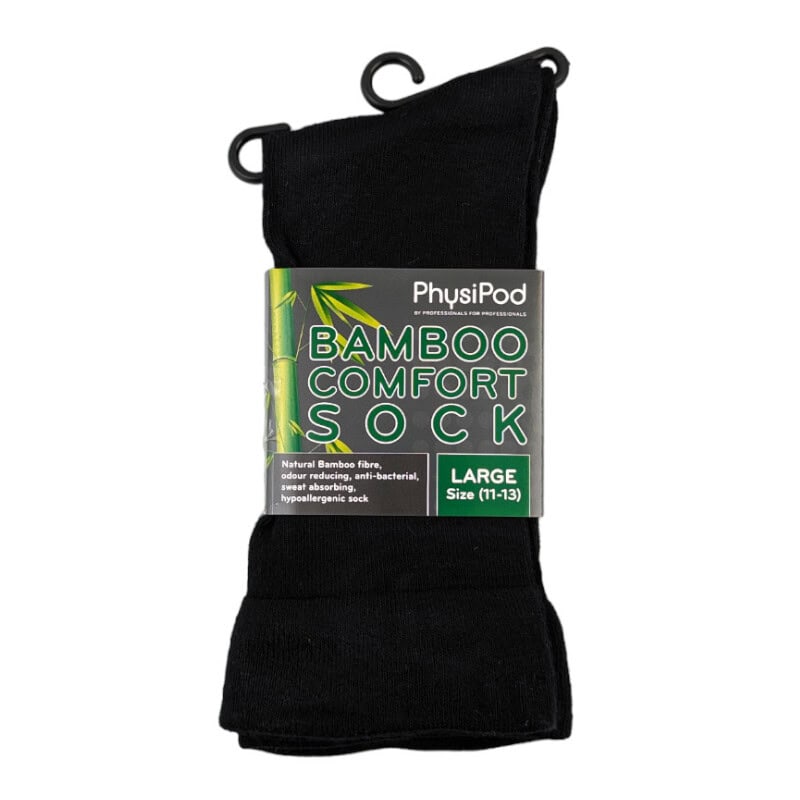8 Most Common Foot Problems, How Podiatrists Treat Them And Pain Relief
8 Most Common Foot Problems, How Podiatrists Treat Them And Pain Relief
Podiatrists are medical professionals specializing in diagnosing and treating conditions related to the feet, ankles, and lower extremities. They address a wide range of issues, from minor discomforts to severe conditions that can impact mobility and quality of life.
- Plantar Fasciitis: One of the most common conditions treated by podiatrists, plantar fasciitis involves inflammation of the plantar fascia, the thick band of tissue that runs along the bottom of the foot. This condition typically causes sharp heel pain, especially with the first steps in the morning. Common treatments offered are: prefabricated medical grade Orthotics, Custom-Prescription Orthotics, Extra Corporeal Shockwave therapy, stretching/strengthening programs and footwear advise.



- Bunions: A bunion is a bony bump that forms on the joint at the base of the big toe. It occurs when some of the bones in the front part of the foot move out of place, causing the tip of the big toe to get pulled toward the smaller toes, forcing the joint at the base of the big toe to stick out. Podiatrists offer offloading padding, Silicone gel padding devices, Medical grade and Custom Orthotics and footwear advise. Some cases need to be further referred to a surgeon, which your Podiatrist will assess.



- Ingrown Toenails: Ingrown toenails happen when the edges or corners of the toenails grow into the surrounding skin, leading to pain, swelling, and sometimes infection. Podiatrists can provide treatment through minor surgical procedures or medication.
- Heel Spurs: Heel spurs are calcium deposits that form bony protrusions on the underside of the heel bone, often linked to plantar fasciitis. They develop due to repetitive stress on the heel, commonly caused by activities like running, prolonged standing, or wearing improper footwear. Though not always painful, heel spurs can cause discomfort, especially during the first steps after rest. Symptoms may improve with movement but can worsen with prolonged activity. Treatment options include rest, ice, stretching, supportive footwear, anti-inflammatory medications, and in severe cases, corticosteroid injections or surgery to alleviate pain and improve mobility.
- Arthritis: Podiatrists also manage arthritis in the feet, which can cause joint pain, stiffness, and swelling. Treatment may involve medication, physical therapy, or custom orthotics to alleviate symptoms. Podiatrists will also offer treatment to painful callous overlying prominent joints and deformities due to Arthritic changes to the foot.
- Diabetic Foot Care: Diabetics are prone to foot problems due to poor circulation and nerve damage. Podiatrists help manage these issues by performing regular foot exams, treating ulcers, and providing advice on proper foot care to prevent serious complications.

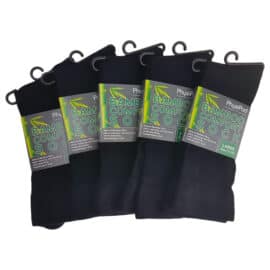

- Corns and callous: These occur for many reasons like deformed toes, flat feet, foot deformities and ill fitting footwear. Podiatrist are skilled in the treatment and management of these lesions and also the identifying the causes to remove or minimise their return.
- Foot pain: Other common forefoot problems are: Neuroma, Metatarsalgia, Plantar Plate tears and Atrophy of the fat pad, amongst many others. Treatment vary from specific off loading or supportive devices that restore foot function.
Summary:
- Plantar Fasciitis: Pain along the bottom of the foot.
- Bunions: Protrusion at the base of the big toe.
- Ingrown Toenails: Pain at the toenail edges.
- Heel Spurs: Bony growth on the heel.
- Arthritis: Swollen and painful joints in the feet.
- Diabetic Foot Issues: Ulcers and slow-healing wounds.
- Corn and Callous: on toes and plantar side of feet
Below are simple diagrams illustrating some of these conditions:



